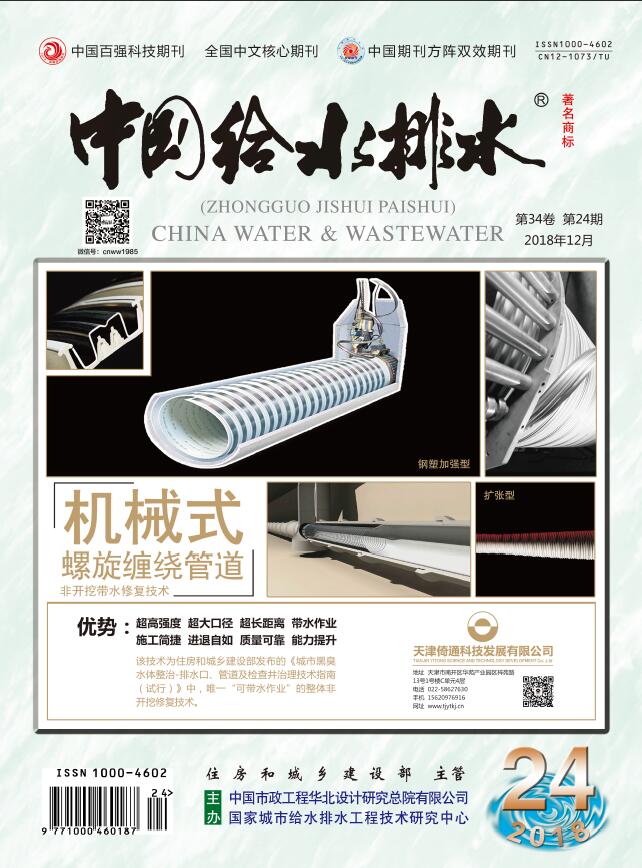ZHENGZhao-yong,SHIXu-chuan,LIUShu-jie,et al.Pilot Study on Three-dimensional Immobilized Biofilm Reactor for Treatment of Rural Domestic Sewage[J].China Water & Wastewater,2025,41(9):101-108.
Pilot Study on Three-dimensional Immobilized Biofilm Reactor for Treatment of Rural Domestic Sewage
China Water & Wastewater[ISSN:1000-4062/CN:12-1073/TU]
volume:
第41卷
Number:
第9期
Page:
101-108
Column:
Date of publication:
2025-05-01
- Keywords:
- three-dimensional immobilized biofilm reactor; rural domestic sewage; modular equipment; biological nitrogen removal
- Abstract:
- A three-dimensional immobilized biofilm reactor utilizing polyester fiber as the packing medium was designed and developed for the effective treatment of decentralized domestic sewage in rural areas. When the filler filling ratio increased from 57.2 m2/m3 to 78.8 m2/m3, the biomass in the pilot-scale reactor could be enhanced by 1 010 mg/L, and the volumetric loading rate of ammonia nitrogen could be elevated by 0.02 kg/(m3·d). Changing the mixing mode in the anoxic zone from agitator mixing to perforated tube aeration mixing created a stable anoxic environment and enhanced the mass transfer efficiency. As a result, the TN removal efficiency increased significantly from 52.19% to 70.84%. The operational parameters, such as hydraulic retention time (HRT), were optimized to enhance process efficiency and performance. When the HRT was set to 12 hours, the average removal efficiencies of COD, NH4+-N, TN, and SS were 82.47%, 92.81%, 69.39%, and 88.78%, respectively. Additionally, the TN removal load was determined to be (0.15±0.04) kg/(m3·d). Analysis of the microbial community structure within the reactor revealed that the relative abundance of key nitrifying bacteria, including Nitrospira and Ellin6067 in the aerobic zone, increased from 6.92% to 10.77% with the increase of biofilm formation time. Additionally, the relative abundance of denitrifying bacteria, such as Rhodocyclaceae and vadinHA17, rose from 25.92% to 31.28%. The three?dimensional immobilized media can significantly enhance the enrichment of microorganisms associated with nitrogen removal, consequently improving the efficiency of biological nitrogen removal.
Last Update:
2025-05-01

